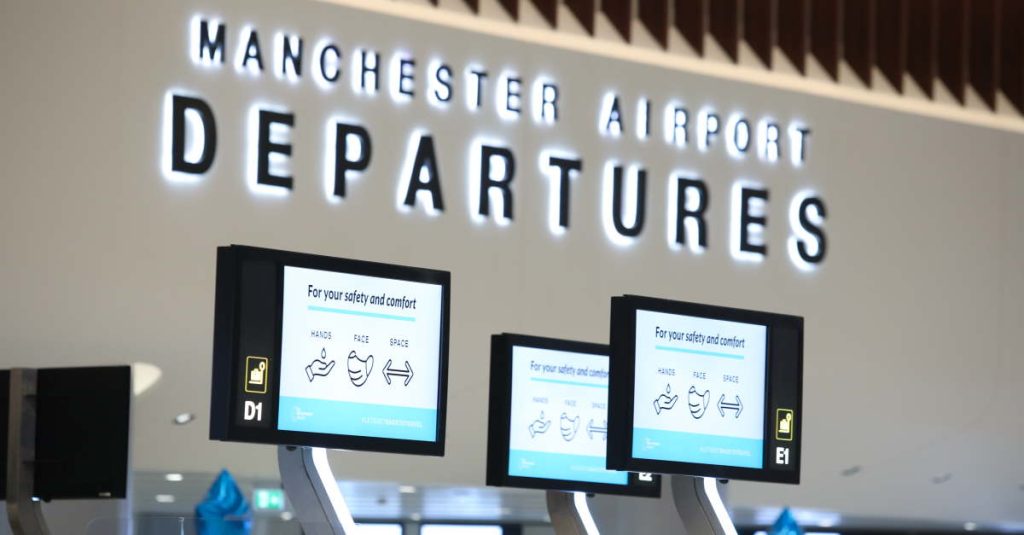Manchester Airport is set to relocate 11 major airlines to Terminal 2 as part of its expansive £1.3 billion transformation initiative.
Passengers are to experience updated facilities and streamlined operations, positioning the airport as a leading travel hub.
Overview of Terminal Movements
Manchester Airport is undergoing a significant transformation worth £1.3 billion, impacting the terminal arrangements for 11 airlines including Jet2.com. Throughout October and November, flights will transition from Terminals 1 and 3 to Terminal 2. This strategic shift is part of the airport’s broader effort to modernise its infrastructure and enhance passenger services. Terminal 2, already operational since 2021, will eventually accommodate more than 70% of the airport’s passengers.
Airlines and Transition Schedule
The initial transition phase will commence with Austrian, Lufthansa, and Swiss, moving on October 27, followed by TAP Air Portugal on October 30. This step-by-step approach allows for a seamless transition for airlines and passengers alike. November will continue to witness Jet2.com’s move on the 6th, coupled with Iberia Express and Vueling on the 7th. Additionally, Egyptair and SunExpress will relocate on November 12, with Royal Jordanian completing the move on November 13.
Passenger Information and Adjustments
Airlines have proactively informed passengers of these upcoming changes. However, passengers are advised to confirm any amendments required for parking or lounge bookings previously arranged for Terminals 1 or 3. Passengers utilising third-party booking services are urged to contact their providers to facilitate these modifications. Efforts have been made to ensure clear signage is available to guide passengers between terminals, minimising inconvenience.
The Expanding Terminal 2
The enhanced Terminal 2 is now nearly twice its original size and offers various modern facilities aimed at improving the overall passenger experience. The refurbishment of the original terminal building is aligned with the new extension to uphold consistency in passenger services. The strategic expansion of Terminal 2 underscores its role as a key component in the airport’s goal to revolutionise customer experience. Additionally, the terminal’s new design is expected to support environmental efficiency.
Logistical Considerations for Passengers
Passengers should be mindful that Terminal 2 is situated approximately a 15 to 20-minute walk from the car parks that serve Terminals 1 and 3. Despite this distance, ample signage and directions have been provided to assist in navigating between facilities. To enhance convenience, passengers are encouraged to review their respective travel itineraries and bookings in light of these changes. It is essential to allow extra time for movement between terminals.
Background of the Transformation Project
Initiated in 2015, Manchester Airport’s transformation project is a multi-phase plan designed to not only expand terminal capacity but also elevate the airport’s standing as a premier international hub. The airport aims to accommodate a growing number of passengers while maintaining high standards of customer service and operational efficiency. By investing in modernising infrastructure, the airport is positioning itself to better meet the demands of global aviation trends.
Looking Forward
With further developments anticipated in 2025, the airport’s transformation project remains a focal point for its strategic growth. The completion of Terminal 2 and other enhancements showcases Manchester Airport’s commitment to maintaining its competitive edge in the aviation sector. This forward-thinking approach not only facilitates improved flight operations but also enhances the overall traveller experience.
Manchester Airport’s strategic realignment of airline terminals embodies a commitment to improved passenger experiences and operational success.
As the airport continues to expand, it remains dedicated to adapting to the dynamic needs of the aviation industry.

